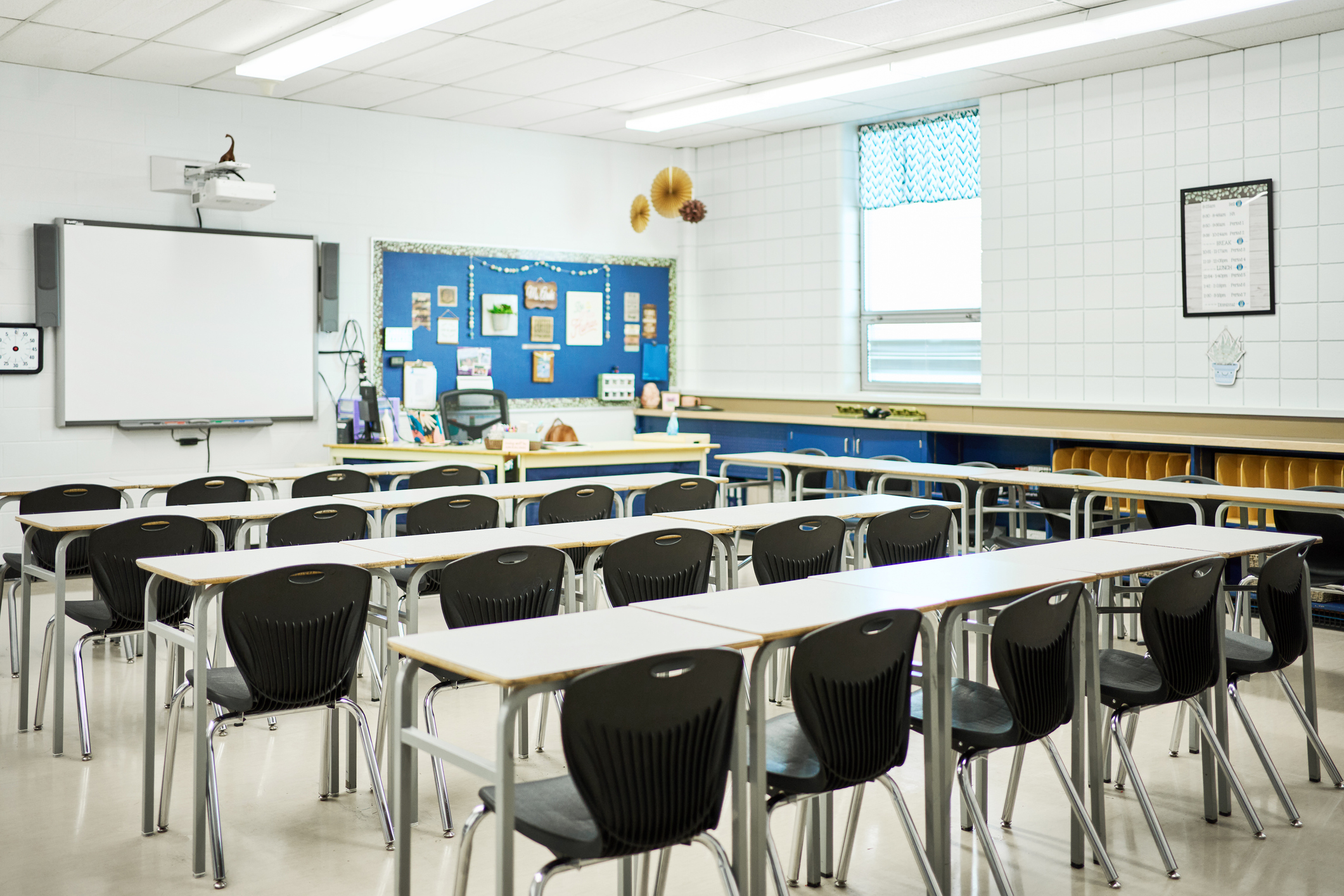
It’s that inevitable time of year again: the summer has come to end and it’s back into the classroom for social studies teachers across the country! While it is sad to end our summer of sleeping in, traveling, using the bathroom whenever we want, let’s be honest, it is also exciting to start a new school year. Who doesn’t love getting those new fresh-smelling textbooks and supplies? Additionally, it’s exciting to set up our classrooms for the next nine months, making them places we not only want to spend the year in, but also inviting for our students. How we decorate our rooms can and should certainly be a reflection of ourselves, but have you ever thought about making your room a teaching resource in itself?
The way we decorate our rooms should always be warm and welcoming to the students, but also be pleasing to you, the teacher, the one who has to spend the entire day in that room… You can also make your room should relevant to the materials you teach! I’m sure we have all seen classrooms that have nothing on the institutionally-bland painted walls; no decorations or personal effects. The classroom that makes you wonder, “what is taught in this room?” I’m sure you have also seen the other end of that spectrum, the overly decorated classroom, with plants, couches, rugs, and colors everywhere! The classroom that makes you wonder, “is this a living room, or a classroom?” What I advocate for is the classroom that not only makes you and the students feel comfortable, but can also be a social studies teaching resource!
Getting Started
It’s a few days before the students are to report to you for their first class and you are thinking, “what am I going to put on the walls this year?” First and foremost, look at the classes you will be teaching. Is it all the same topic or is it all over the social studies spectrum of topics and eras? If you are teaching all the same topic, for example, United States History I, then break the classroom down by era, one wall for colonial and early American history, another for the early 1800’s, a wall for the Civil War, and so on. It’s also nice to have an area for changeable displays and information. If you are teaching several topics like myself, break the room down by class. I have wall space designated for European history, a United States history, a “history through film” wall and several areas to display geography examples that support my courses.
Decor to Include
Now that you have a vision for your room based on the courses you will be teaching, it’s time to think about what you will display that will support the curriculum you teach! I recommend starting with roll down map sets. Place them in areas that can be viewed by the entire class and can be easily accessed. Social Studies School Service has several wonderful map sets to choose from. Maps are essential to teaching history, geography, politics, and government. Once that is done, it is time to consider other useful materials. Personally, I use flags as one of my favorite decorations. (See this blog for more ideas about using flags in your classroom.)
Posters are the other decoration I rely on as a social studies teacher. The term poster can be rather broad; posters can be art prints, photographs, timelines, or creative displays of specific academic information. Let’s say yes to all of that when decorating your classrooms. Now that your decoration plan is complete, find the posters that you can utilize throughout the year as a resource. Most social studies teachers could utilize the “Thinking as A Historian” poster set, which teaches students how to think and question like historians do.

If you are teaching United States history, you may want to have posters that focus on the American Revolution that you can refer to, or maybe you’d prefer to display a visual timeline, like this one for the Civil War. Visual timelines allow students to actually see how events unfold and how each event relates to other events. If you are teaching United States government or a civics-based course, having a Branches of Government poster on display that students can refer back to can make a big difference to support their learning.
Teaching students about the World Wars? Use these engaging mini propaganda posters from the era. Students will appreciate these retro primary sources that reveal the mindsets, culture, goals, and strategies of the time period. Not only are propaganda posters dramatic and inspirational, they also reveal a darker side of history that should be taught and analyzed with your class.
Maybe you teach World Cultures. Teachers can use “Peoples and Cultures of the World” to give students a cultural visual to inspire curiosity about the world around them. There are a plethora of educational posters out there, some better than others, but they all can be used as visual resources to help teach your own particular curriculum. They make your classroom unique and can foster student inquiry, a key social studies standard.
Your Classroom: A Discussion Starter
Maybe you don’t want to use overtly educational posters, which is understandable considering that students see similar decor throughout the day. You can always go with a more creative route! Use poster prints of art and photographs that can inspire the same intellectual curiosity. Teaching about Enlightenment or the Renaissance? You can display famous works of art or architecture. Hang portraits of famous leaders and presidents, but be ready to discuss them and why you feel they are important examples of leadership.
Display artwork or photographs of world events! Washington crossing the Delaware, a photo of General Grant at Cold Harbor, a WWI soldier in a gas mask, Martin Luther King leading a civil rights march, just to name a few that will foster important discussions about your curriculum. The old adage that a photograph is worth a thousand words still holds true. It is also important to be able to teach students how to analyze these important primary sources from a historical perspective, not just simply for aesthetics!
So, as you decorate your rooms this coming school year, think about the items you can display that will support your curriculum and instructions. Decor that will foster inquiry, inspire questions, and most importantly, create an environment that you and your students want to be in everyday!
Want more engaging decor that highlights cultures from all over the world?
Use resources from internationally acclaimed photographer and author, Peter Menzel
Bret Werner teaches dual enrollment U.S. History to high school seniors, AP* European History, U.S. History Through Film, and chairs the Social Studies department at a high school in the Philadelphia suburbs. He has also taught graduate-level education courses for the University of Phoenix. Bret has a B.A. in History from Kutztown University and an M.Ed. in Social Studies Education from Widener University. Mr. Werner has had three books published on military history topics, and enjoys living history, travel, live music, and going on weekend adventures with his wife and two kids